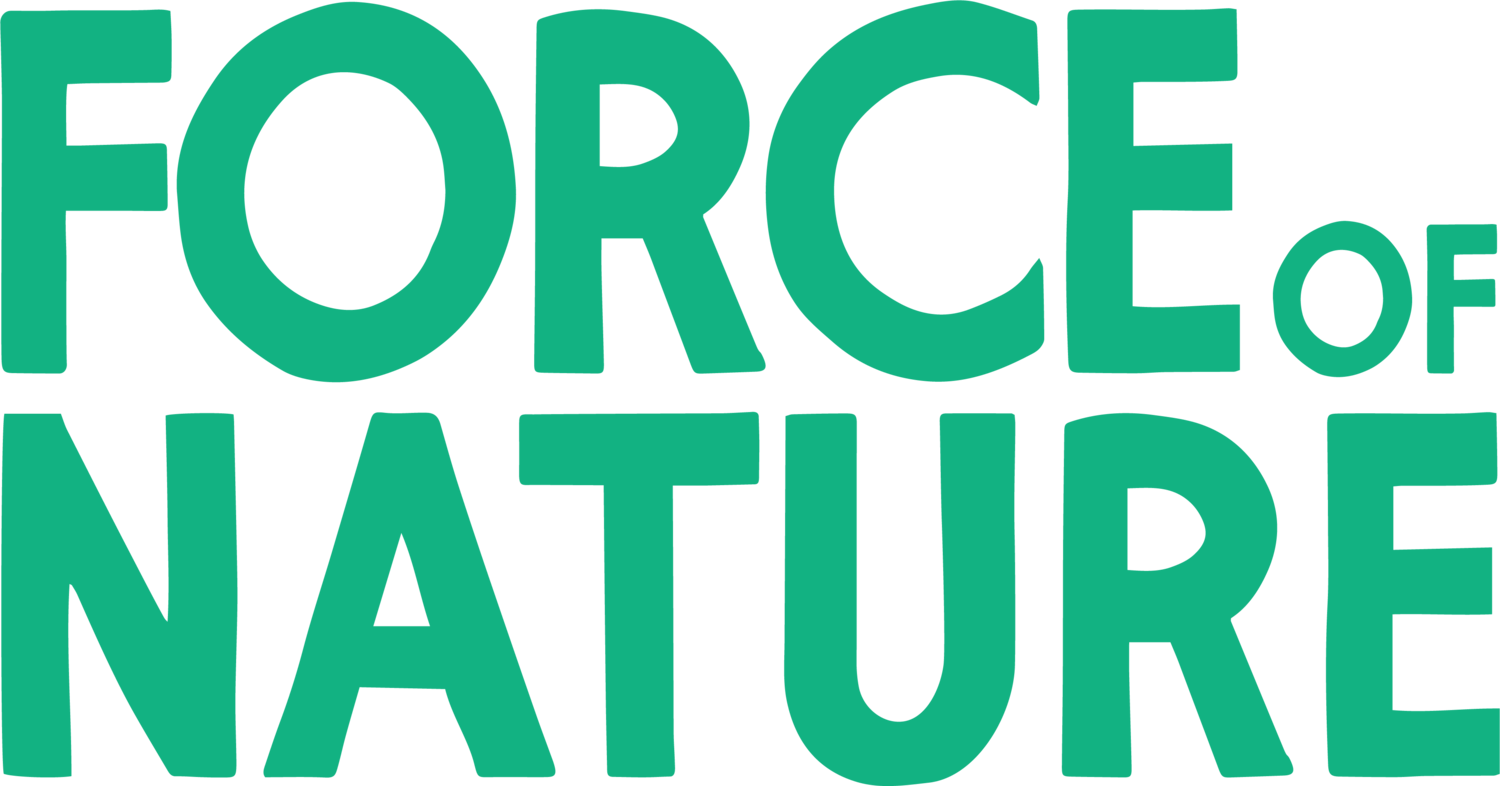Carbon Footprint and Carbon Allowances – Tools Against ‘Powerlessness’
Humans are generally less anxious when we're in control - even if the control is illusory. This is partly why we struggle to take action on a crisis like climate change; it is so huge, so seemingly insurmountable, that any thought of taking action is shrouded in uncertainty. It’s tempting to feel like there’s very little we can do, as individuals, to overcome this mammoth challenge; yet this paralysis is the threat even greater than climate change. We must create a revolution in mindsets; starting with what is in our control. The fate of humanity depends on it.
While we recognise that the climate crisis is a systemic challenge - demanding systemic solutions - we each have a role to play. So, what can we do as individuals? Once I try to answer this question, we’ll explore tools like ‘carbon footprint’ and ‘carbon allowances’. (don’t worry - they may sound technical, but they’re actually pretty straightforward!)
If we get back to basics, climate change is a result of rising temperatures from increased greenhouse gas emissions (from fossil fuels, deforestation, etc.) . These rising temperatures, if not kept in check, will destroy the equilibrium state that our beloved planet is in today and cause major disruptions. These disruptions include melting ice caps, flooding of cities, increased drought, exacerbated conflict, mass migration, food system collapse… to name a few.
Much of how we live in the 21st century - from the food in our fridges, to the clothes in our wardrobe - contribute to greenhouse gas emissions (including carbon dioxide). The production of the electricity that we use releases these gases into the atmosphere (which is why electronic vehicles are only sustainable if we find ways to produce electricity without emitting GHGs, e.g. through renewables.) In a particular period of time - a week, month or a year - each individual releases some quantity of GHGs into the atmosphere. This is the carbon footprint of that individual. Every individual is bound to have a carbon footprint; but some individuals have disproportionately bigger footprints, based on their lifestyle choices For example, the carbon footprint of someone in Australia is 60 times greater than someone in Afghanistan. Oxfam released a study that found the richest 10% of people produce 50% of all individual, consumption-based GHGs. While technology and policy play a major role, wealth is the primary driver of CO2 emissions today.
So… if we’re all contributing to the problem on some level, are we doomed?
The answer is no - but we do need to rebalance our global emissions.
The good news is that our ecosystem has an internal capacity to remove these GHGs and render our atmosphere habitable. For example, the trees absorb carbon dioxide and release oxygen. It is only when we continually surpass this internal capacity of our atmosphere that we are looking at a doomsday scenario. If we continuously, over longer periods of time produce more GHGs than can be removed by our atmosphere, as has been the case over the past decades, we make human life on this planet unsustainable.
One way to regulate the carbon footprint of the world, as has been proposed by many experts, is the introduction of carbon allowances. Carbon allowance is just like money. A level is set for each person denoting the amount of GHGs they are allowed to release into the atmosphere by their activities over a particular period of time. One is not allowed to release more GHGs into the atmosphere than they have been allowed to. The carbon allowance is set for a person taking various factors into consideration – age, sex, demographics, occupation, etc. One cannot consume more goods/services than what their carbon allowance determines.
Experts argue that carbon allowances will also enable greater global equity. In theory, a person who does not use much of their carbon allowance can sell it to others in return for any other asset. This could financially incentivise more pro-environmental behaviours, and even result in the formation of a world economic structure where ecosystems are valued more when alive and flourishing, rather than when dead and commodified. This would be a radical departure from a system that incentivises a financial bottom line, over people and the planet. The widespread adoption of carbon allowances would make citizens, leaders and countries more responsible - and slow the hyperconsumption and globalisation that is devouring the Earth’s resources.
So, why haven’t carbon allowances been implemented yet?
What’s stopping it? There are a variety of reasons. Firstly, we don’t yet have proper technology and tools to calculate the exact carbon footprint of an individual. It will require a lot of resources (money!) to install the infrastructure needed. Secondly, today’s financial system is governed by select people in power, who benefit from the system staying as it is. The people who profit from a system built on the commodification of nature and exploitation of people - people with power - will not freely give their power up. They must be disrupted. The good news is, we can start to claim back this power as individuals when we assume responsibility for our own contribution to climate change. When we come into awareness with how we might be contributing to carbon emissions, we can decide how to start changing our lifestyle in a way that is better for us and for the planet. Examples include swapping the meat on our plates for plants; shopping at charity shops, rather than from fast fashion brands; using public transport rather than private vehicles. There are a variety of tools and content on the internet that are freely available if one wishes to reduce their carbon footprint.
Often, what stops us from taking climate action is the thought that it’s too enormous - or that our actions are too small in the face of it. But while we mightn’t be able to control the decisions of politicians, or how business leaders prioritise profit, we can begin by controlling how we live our own lives. And when we take these individual actions in collective, they have the power to be transformative. As the saying goes – ‘Oceans are made from water droplets’.











